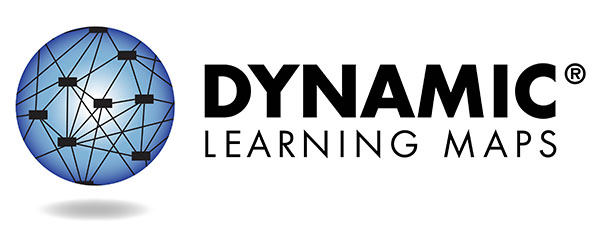Assessments and Accommodations
Maryland Assessment, Accessibility & Accommodations Manual
Maryland Assessment, Accessibility, and Accommodations Policy Manual
The Maryland Assessment, Accessibility, and Accommodations Policy Manual (The Manual) presents a five-step process for use in the selection, administration, and evaluation of the effectiveness of the use of instructional and assessment accommodations, for students with disabilities and Section 504 Plans. The Manual also presents a six-step process for English learners.
Maryland Comprehensive Assessment Program (MCAP)
Alternate Assessment - Dynamic Learning Maps (DLM)
Dynamic Learning Maps® (DLM®) assessments are designed for students with the most significant cognitive disabilities in grades 3-8 and high school for whom general state assessments are not appropriate, even with accommodations.
ELA and mathematics each use a fully developed learning map model. The DLM maps are highly connected representations of how students acquire academic skills as reflected in research literature. Nodes in the maps represent discrete knowledge, skills, and understandings in either ELA or mathematics, as well as important foundational skills that provide a foundation for academic skills.
Maryland Participation Guidelines
Parent Interpretive Guide en Espanol
Kindergarten Readiness Assessment (KRA)
The State of Maryland is using a new tool to learn more about children’s early learning experiences that will provide information to parents and kindergarten teachers that can be used to help children learn and grow. The new Kindergarten Readiness Assessment will be used by kindergarten teachers to measure what children know and can do when entering Kindergarten in the early learning areas of social skills, language and literacy, cognitive development, and physical well-being and motor development. (This assessment will NOT determine whether a child can be enrolled in Kindergarten.)
There are three ways for a child to show what he or she knows and is able to do:
- Selecting the answer to a question (e.g., “Show me the block that is the largest of three.”)
- Performing a requested task (e.g., retelling a short story)
- Being observed by the teacher during the school day’s activities or collecting their work samples
The Kindergarten teachers will have from the first day of school until November 1st to complete the Kindergarten Readiness Assessment. It will help them to tailor their instruction to the needs of each child. When the assessment is complete, teachers will have a report to share with families. The report will help families and teachers work as partners so that our children are successful in school.
English Language Proficiency Assessment
The English language proficiency assessment (ELPA) is administered to English learners (ELs) in grades K through 12 upon their entry into the school system (W-APT) and annually during a testing window in the second semester (ACCESS for ELLs). The assessment measures a student's English language proficiency in the areas of listening, speaking, reading, writing, and literacy. ELPA results are reported insix proficiency levels: entering, emerging, developing, expanding, bridging, and reaching.
The Alternate ACCESS for ELLs is designed for ELs with significant cognitive disabilities. In order to receive the most descriptive information from the test, it is very important that only students who meet all three criteria below and who cannot participate in the ACCESS for ELLs—even with the provision of accommodations—shall be considered for the Alternate ACCESS for ELLs. The Alternate ACCESS for ELLs is available for the 1–2, 3–5, 6–8, and 9–12 grade clusters.



